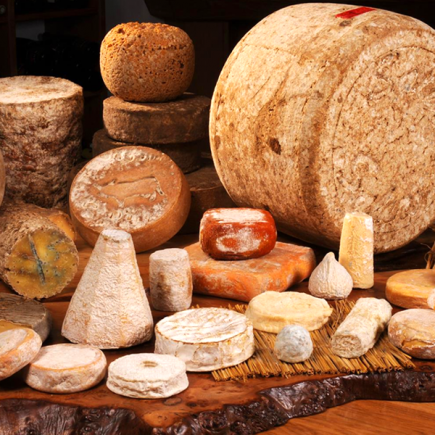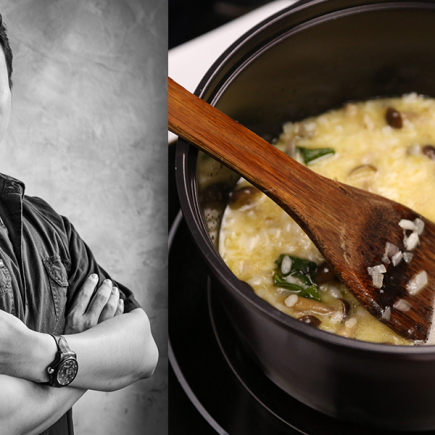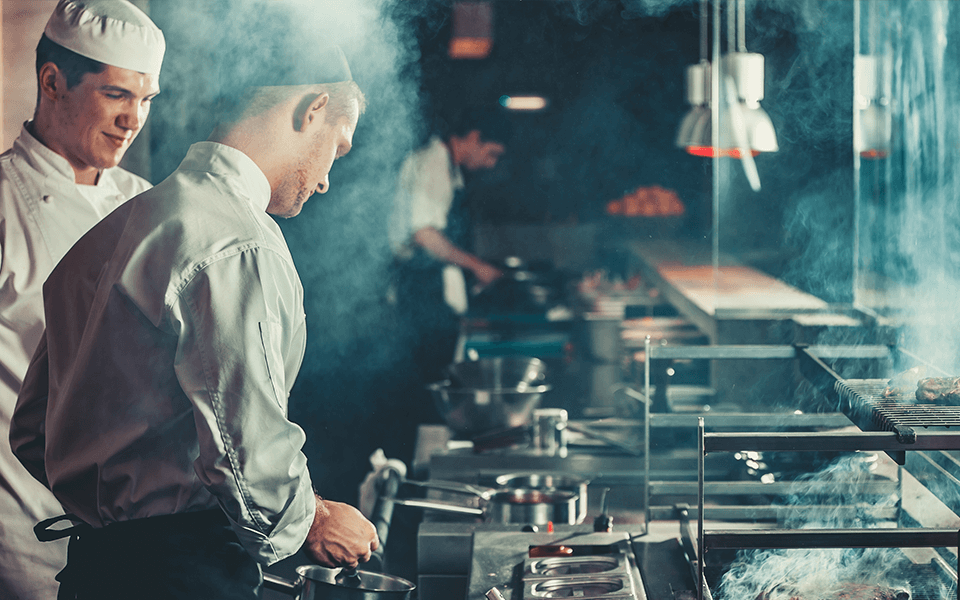
Soft music, chill vibe on the outside, hot, humid and stressful on the inside — the kitchen door in a restaurant is like a portal to a whole different world. The professional kitchen is one of the most demanding environments to work in — a workplace of skillfulness, craftsmanship and hard work. It is also a workplace inseparable from health, stress and safety concerns. Here are some of them.
Stress
What is always in a chef’s mind is the timely requirement on the dish that will be served for appreciation and enjoyment. Commands in the kitchen always come in chains. Everyone, from executive chef to kitchen assistant, is expected to fulfill their role efficiently and cautiously, as any disruption may lead to a halt to the entire process. Pressure affects one’s health, both physically and mentally. It is therefore unsurprising that culinary professionals are often prone to high blood pressure, depression and at times, substance abuse.
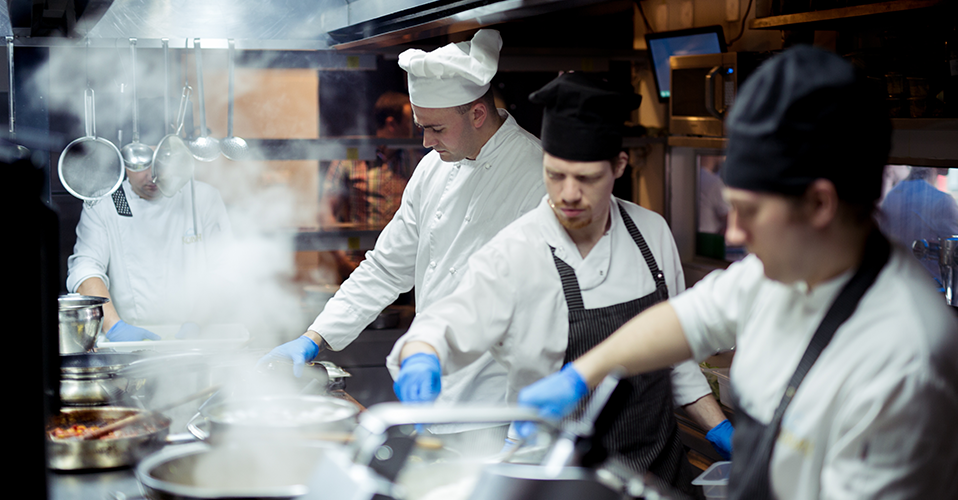
Physical pains
Working in a kitchen is physically demanding. In the culinary industry, you are expected to be on your feet around the clock, not to mention the constant lifting of kitchenware and the endless chopping of ingredients. One of the most inevitable foot injuries to chefs is Hallux rigidus — a condition common among professionals who spend long hours standing. It causes pain to the joint under the big toe, resulting in difficulty walking, which in turn leads to pain in the ankles, knees, and hips.
Accidents
As it happens, hundreds of dishes are prepared in a rush and accidents are just unavoidable in the kitchen, a workplace comparably hot to that of firefighters. To begin with, the crackling fire and bouncing hot oil are culprits to the burn marks and blisters on a chef’s hands. What is more horrifying is slipping over the liquid spilled kitchen floor and crashing into sharp objects and hot food items. On top of that are the familiar knife injuries, which are inevitable when you are slicing and dicing food items all day long.
Apart from food quality, health and safety should also be a chef’s top concerns. Take the following tips into consideration and make life in a professional kitchen as delightful as the culinary creations you put together.
Building positive life and work habits
A positive mindset and optimistic thinking habit are essential to working in the heat. Amidst the strenuous workplace, the gist for a happy chef is to love the job itself. If you no longer find any fun in food preparation, it may be a sign that you should take some time off, or re-consider your career choice. Similarly, positive life habits are key to maintaining a chef’s mental health. If time allows, a light workout is a preferable source of endorphins — the happiness-boosting hormone. Another option is to indulge yourself in a soothing hot water bath with relaxing music, which undeniably washes away a day of tiredness!
Moving around
Being constantly on the move in the kitchen results in less tension on the feet and the back, so it is important to avoid standing still for too long. Simply swing your body slightly from your heel to your toe. As few as 20 repetitions can help to relax your calves and benefit circulation. Even by staying in the same position, you can always wiggle your toes, stretch your ankles and bend your knees to keep yourself moving. Exercises as simple as this can help to reduce the pain you bring home after a long day of work.
In the hectic work environment, most people are unconscious of their posture. However, even the faintest postural awareness, such as standing with your feet shoulder-width apart, keeping shoulders backward and slackening the knees, can massively lessen back and feet aches. Make sure you treat both your customers and yourself well!
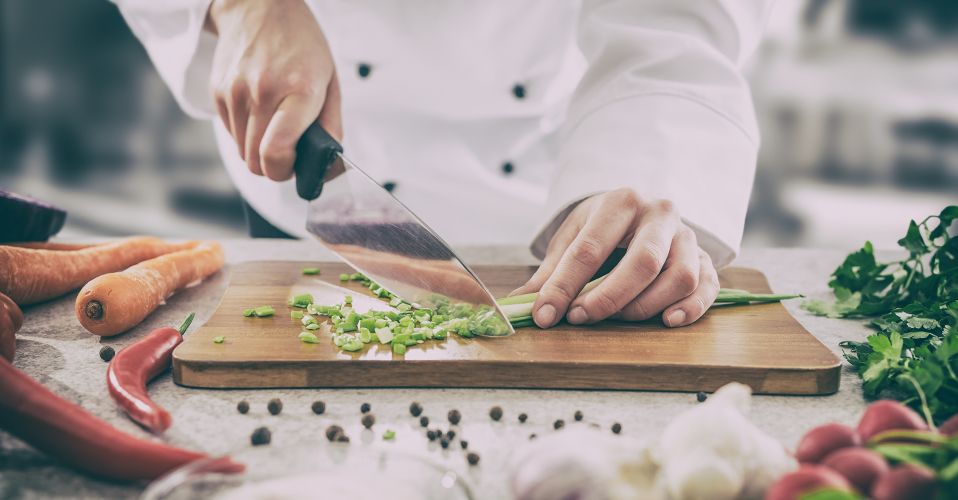
Protective precautions
As cuts and burns on hands are prevalent, a pair of safety gloves is unarguably a chef’s best work partner. Not only do safety gloves prevent or at least mitigate cuts and burns, they also protect chefs from the direct contact with the germs and parasites from raw meat, and at the same time cut off contamination of the food item resulting from an open wound of the chef.
It is a well-known fact that the kitchen floor should be kept dry and clear, but space and time constraints do not always allow perfect conditions. It is therefore of vital importance that a chef wears safety shoes. Perfect safety shoes entail the function of preventing slips and comforting the long-standing feet. Make sure your shoes come with slip-resistant soles, proper arch supports, cushioned heel units and breathable uppers, and more preferably toe protection, lest you come across with carelessly dropped sharp and hot objects on the floor!
